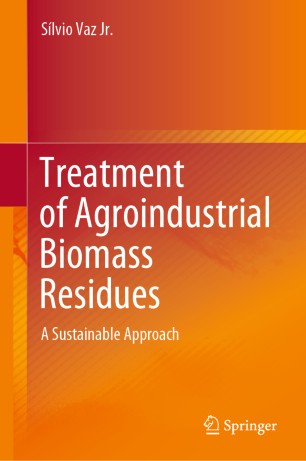

Most ebook files are in PDF format, so you can easily read them using various software such as Foxit Reader or directly on the Google Chrome browser.
Some ebook files are released by publishers in other formats such as .awz, .mobi, .epub, .fb2, etc. You may need to install specific software to read these formats on mobile/PC, such as Calibre.
Please read the tutorial at this link: https://ebookbell.com/faq
We offer FREE conversion to the popular formats you request; however, this may take some time. Therefore, right after payment, please email us, and we will try to provide the service as quickly as possible.
For some exceptional file formats or broken links (if any), please refrain from opening any disputes. Instead, email us first, and we will try to assist within a maximum of 6 hours.
EbookBell Team

0.0
0 reviewsThis book provides an indispensable reference guide to the sustainable control and treatment of biomass residues from a wide variety of agroindustrial sources, e.g. sugarcane, livestock, pulp & paper, food wastes, among others.
Pursuing a structured and clear approach, the book opens with a general introduction to biomass, sustainability and environmental chemistry aspects, and on how the use of biomass as a renewable material ties into the UN’s Sustainable Development Goals. The book subsequently presents analytical methods applied to different biomass types and their residues and reviews monitoring and treatment strategies in order to avoid pollution of the same. The book closes by describing the value chains, bioeconomy and circular economy for globally relevant agroindustrial biomass.
The book is intended for researchers in academia and industry alike and shows how, in addition to sustainability criteria and life cycle assessments, integrating environmental chemistry aspects can contribute to a holistic approach, and unlock the economic potential of biomass in the age of circular economy and sustainable development.